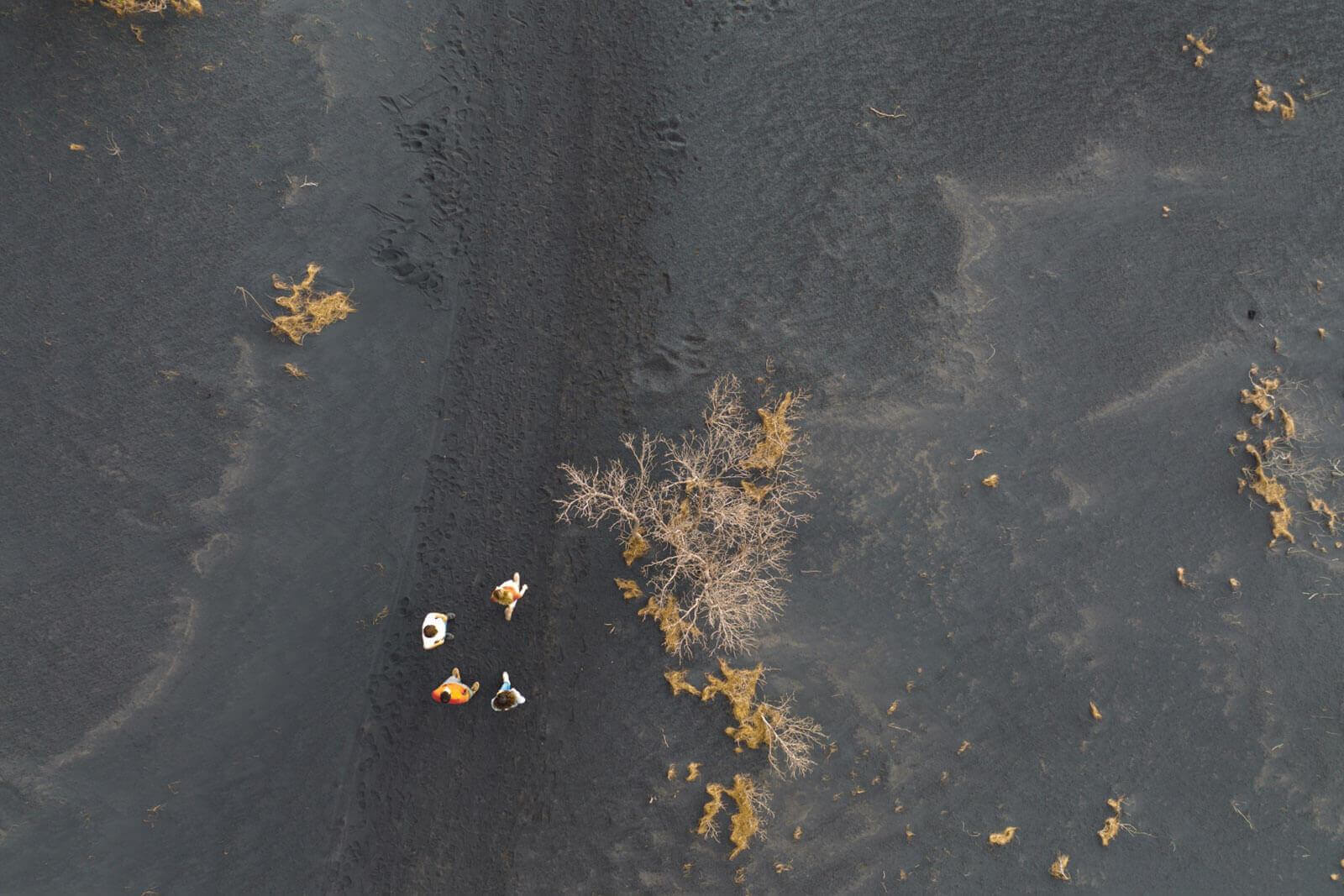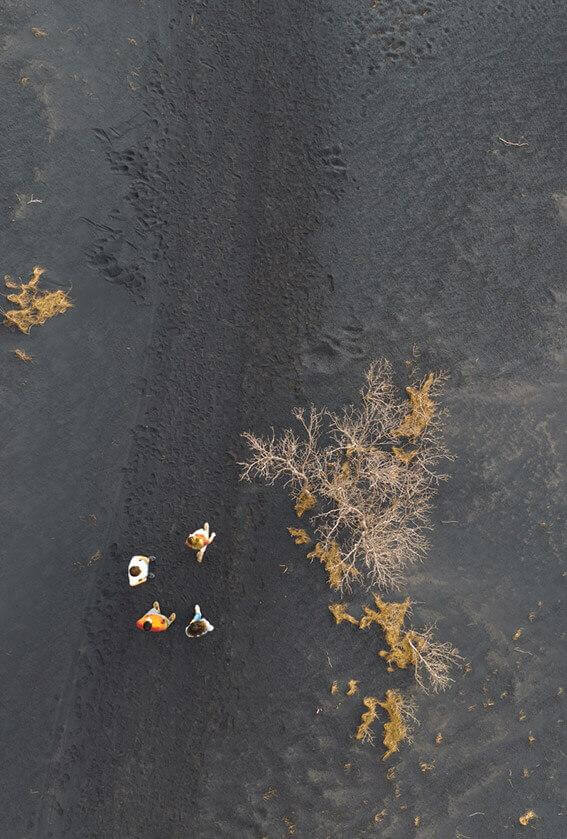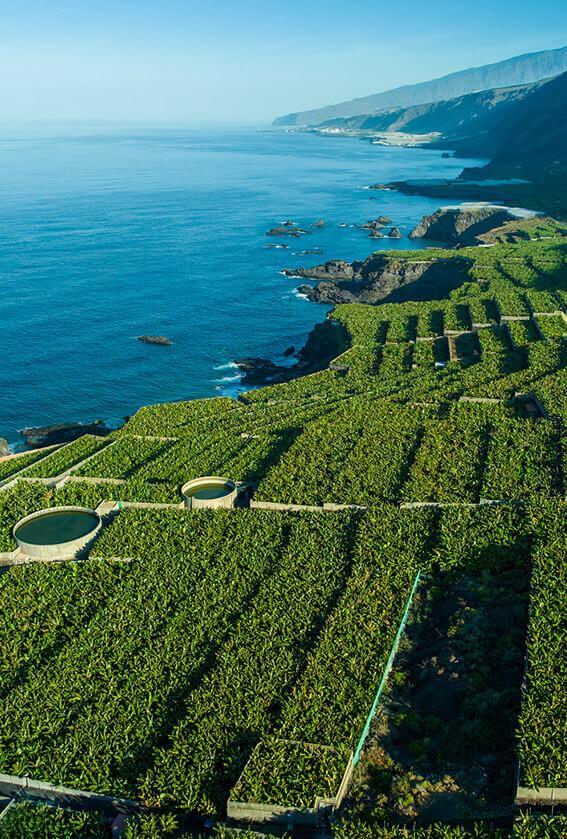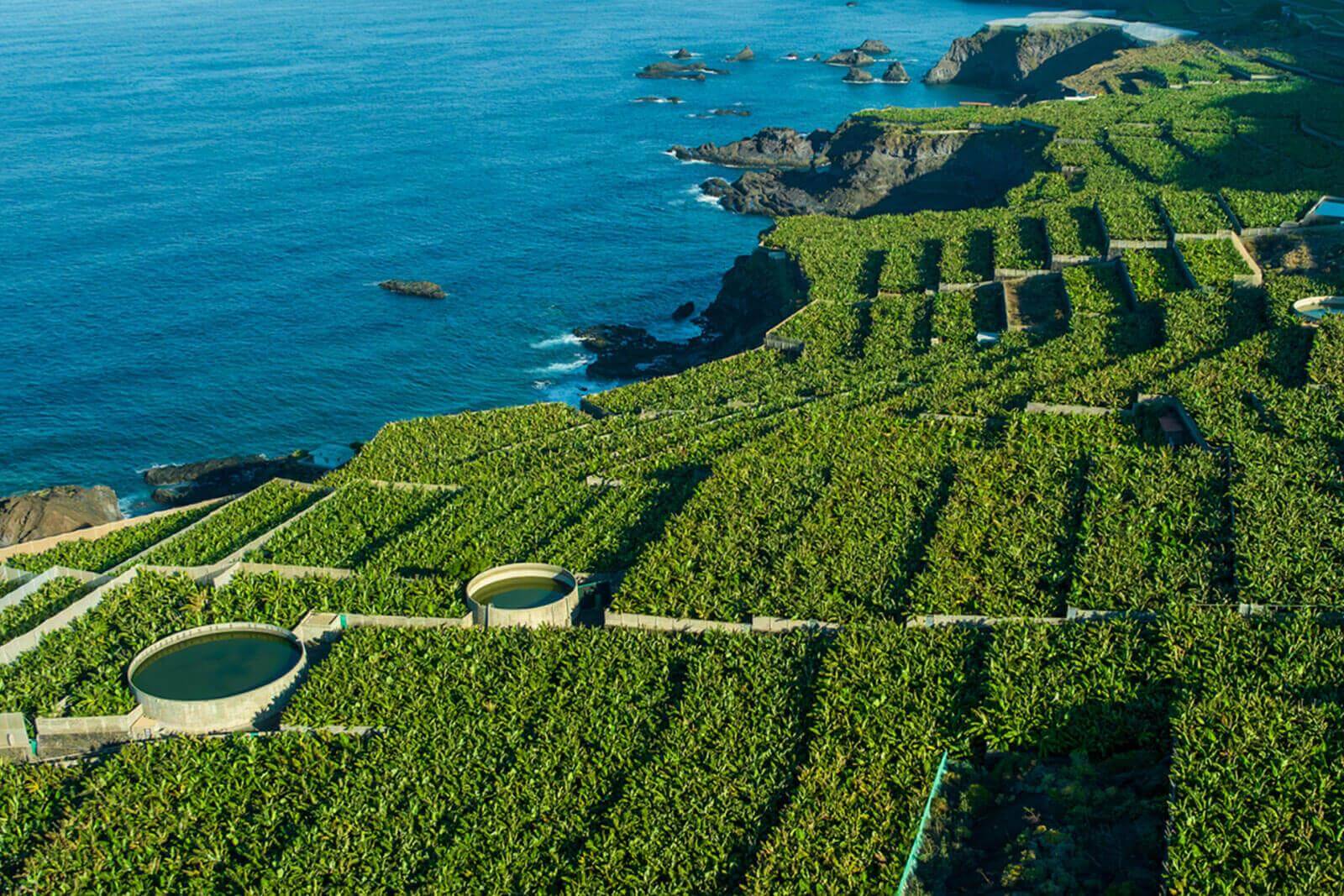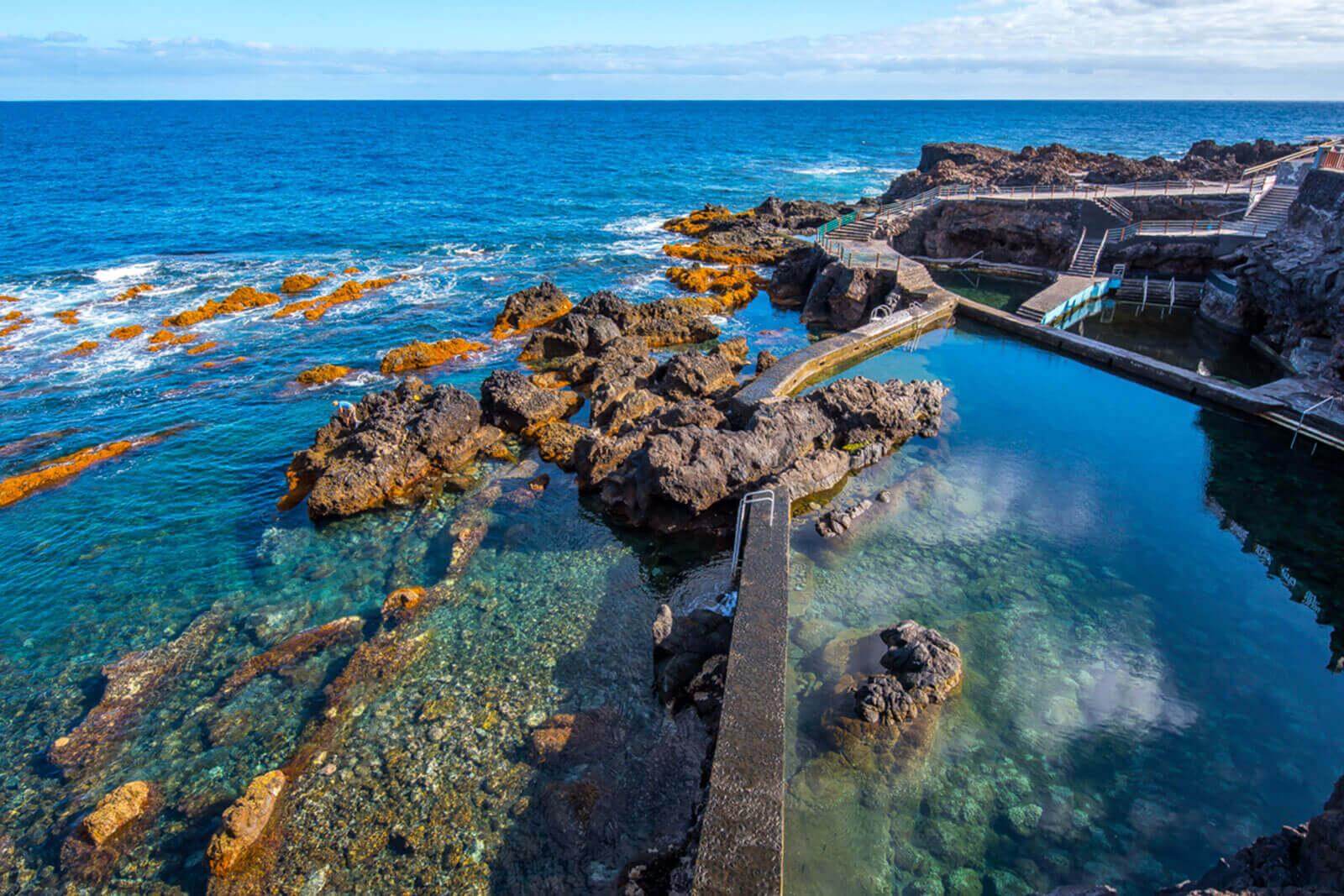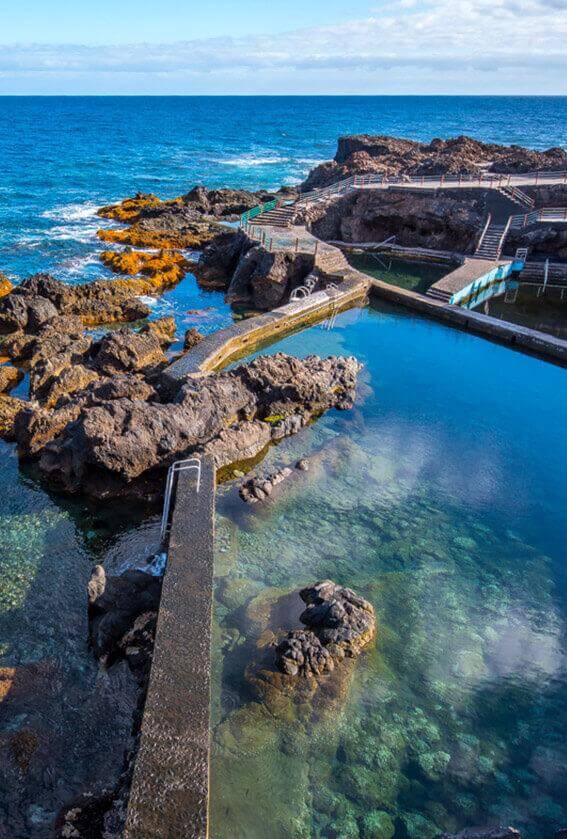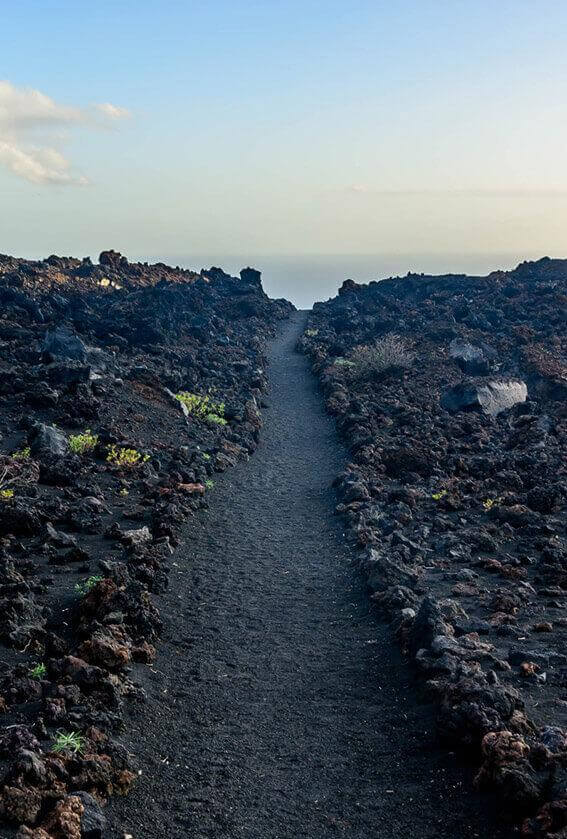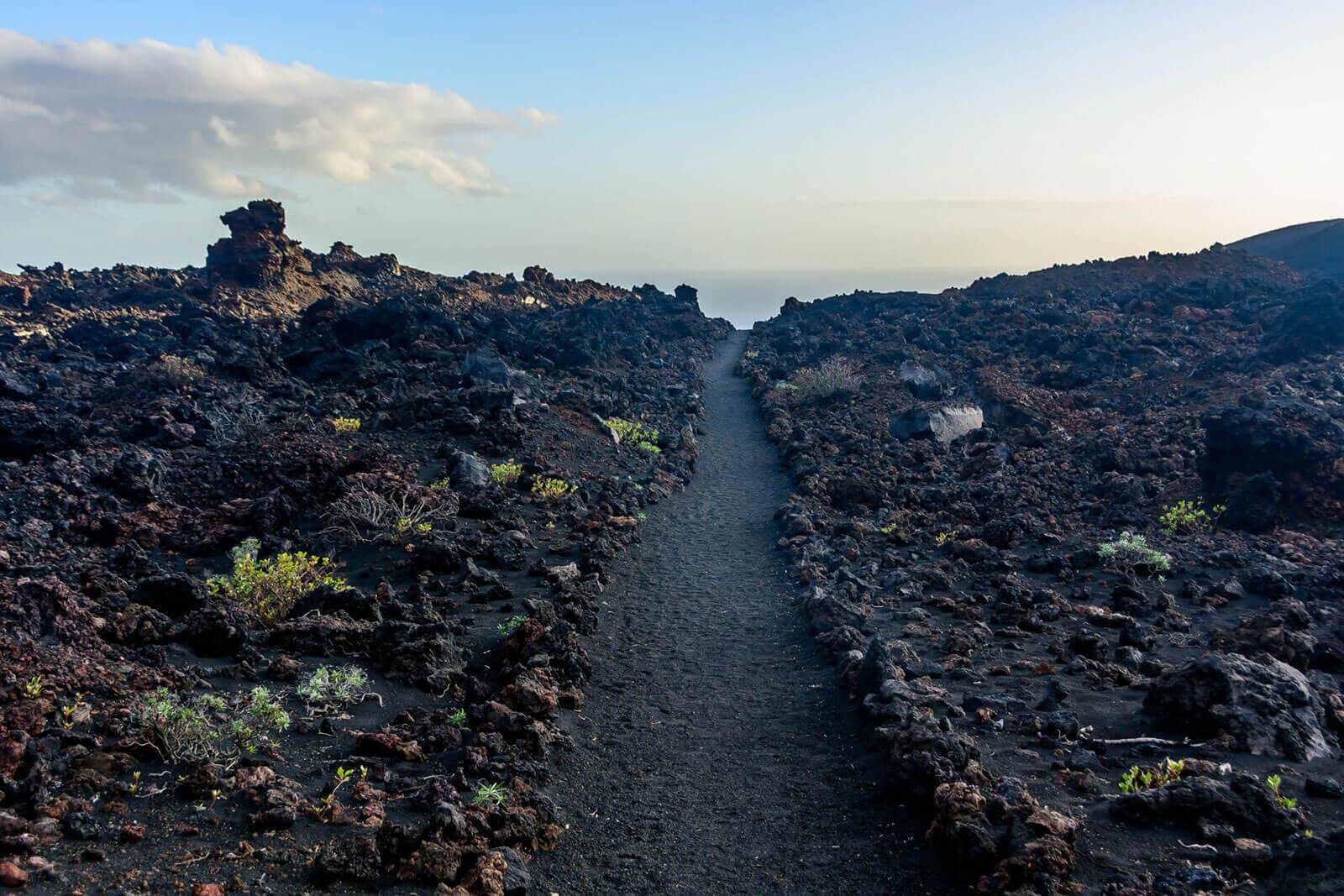From 19 September 2021 on, the La Palma volcano was in a state of active eruption for 85 days, during which it spewed out lava, volcanic bombs, lapilli and a sea of ash. A few days later, on 28 September, for the first time the lava reached the west coast, although it was not the only one. When its activity ceased, the volcano left two new lava deltas on the coast of the island, one of them on top of an older one, formed in 1949 after the San Juan eruption.
On its path to the sea, the lava completely changed the landscape of the Valley of Aridane. But this setting provides a new opportunity for biodiversity on La Palma. As shown by the prior history of the island, when new volcanoes formed, nature always managed to adapt, and therefore life is expected to flourish again in many of the places occupied by the lava.
The effect of the temperature of the lava on entering into contact with the sea
On its route towards the Atlantic the lava gradually lost its heat, dropping from 1200ºC, the temperature of basaltic lava in emission centres, to 900ºC when it reached the coast. On coming into contact with the water, the temperature of which was around 23ºC, huge columns of steam formed suddenly, due to the thermal shock. These clouds are known as laze, a technical term derived from the portmanteau of the words lava and haze (steam), as an acid cloud is formed comprised mainly of steam and small amounts of hydrochloric acid.
After the columns of steam, two lava deltas began to form, which now make up about 43 hectares of new land surface on the coastline of La Palma. They are owned by the Spanish state, and as such are heritage for all. This process is the same as that which occurred in the seven previous historic eruptions that took place on the island, like the San Juan eruption in 1949 or that of Teneguía in 1971, after which numerous banana plantations were located on the new terrain.
The new life of the “low islands” of the volcano
These two new deltas are popularly known as “islas bajas”, or “low islands” by the inhabitants of La Palma. Little by little they evolve, over time. For now, the fastest response was the formation of new beaches. Further down, on the lava accumulated below sea level, biodiversity is already developing. This new habitat, rich in minerals, is already being colonised by microalgae, which appear in the intertidal zone. Garden eels, megrims and parrotfish can also be spotted in this new environment.
How the landscape of La Palma will change after the eruption
The high demands of this type of natural area make new flora emerge. This is the case of Cabezón de Teneguía (Cheirolophus junonianus), an endemic shrub species found nowhere but Fuencaliente, and which only grows around the hard rock that surrounds what were lava flows fifty years ago.
Our thanks to Dr. Juana Vegas Salamanca, Coordinator of the Heritage and Geodiversity Research Team at the Geological and Mining Institute of Spain (Spanish National Research Council) for the information in this article.



